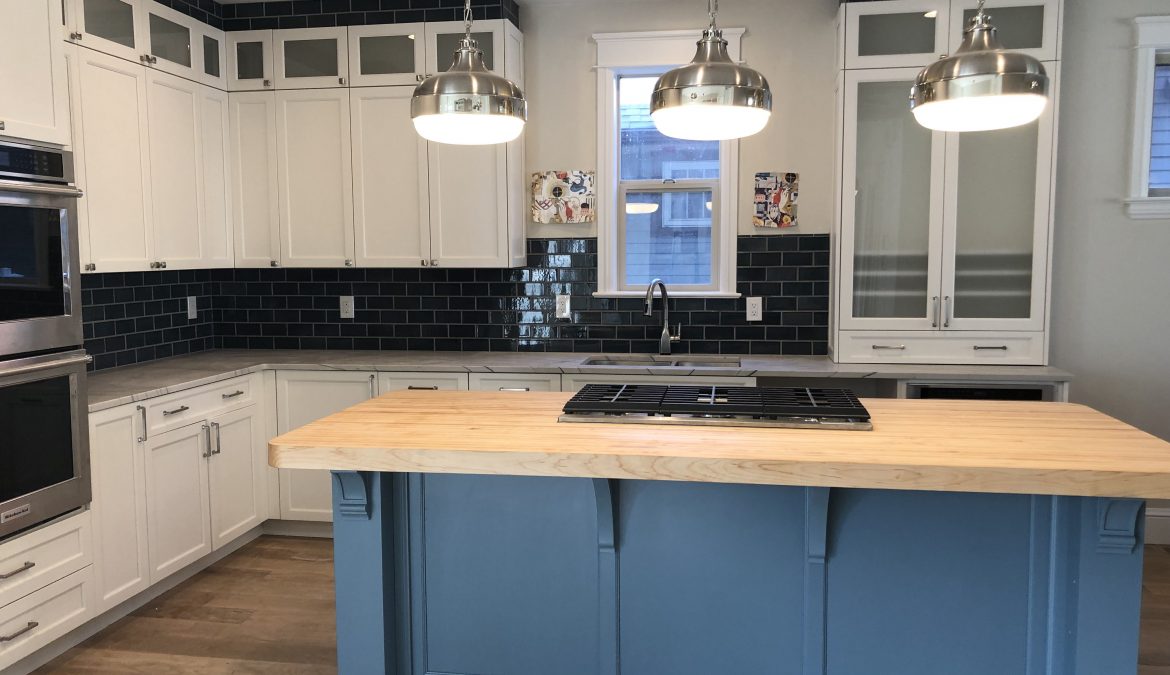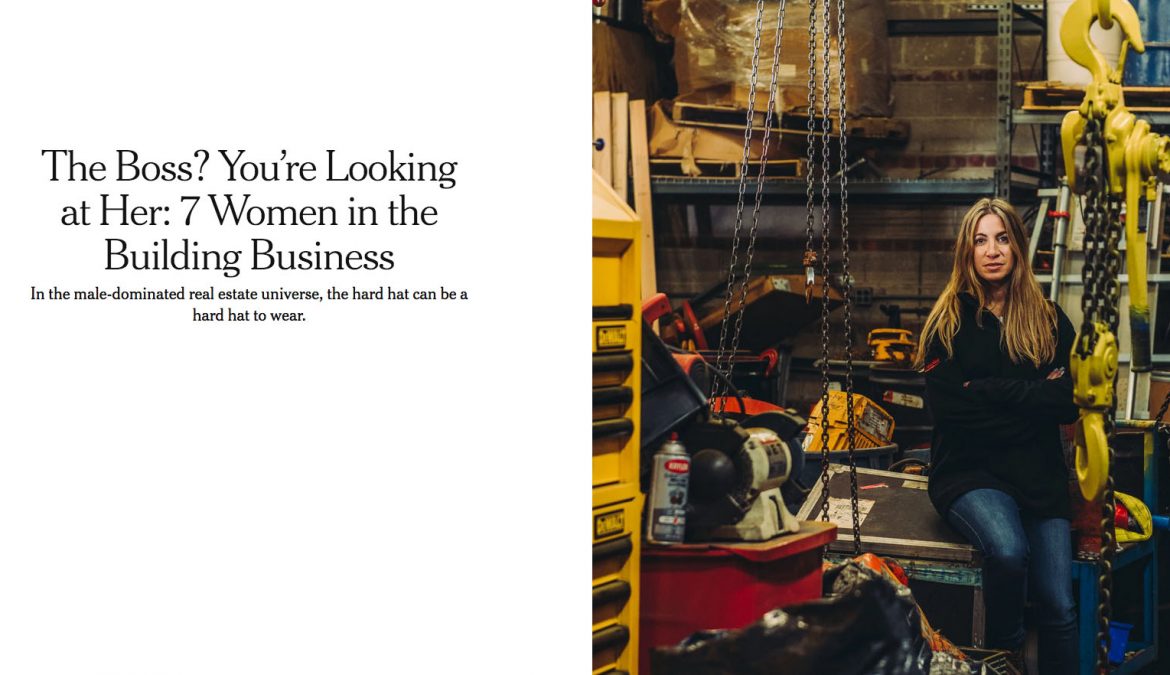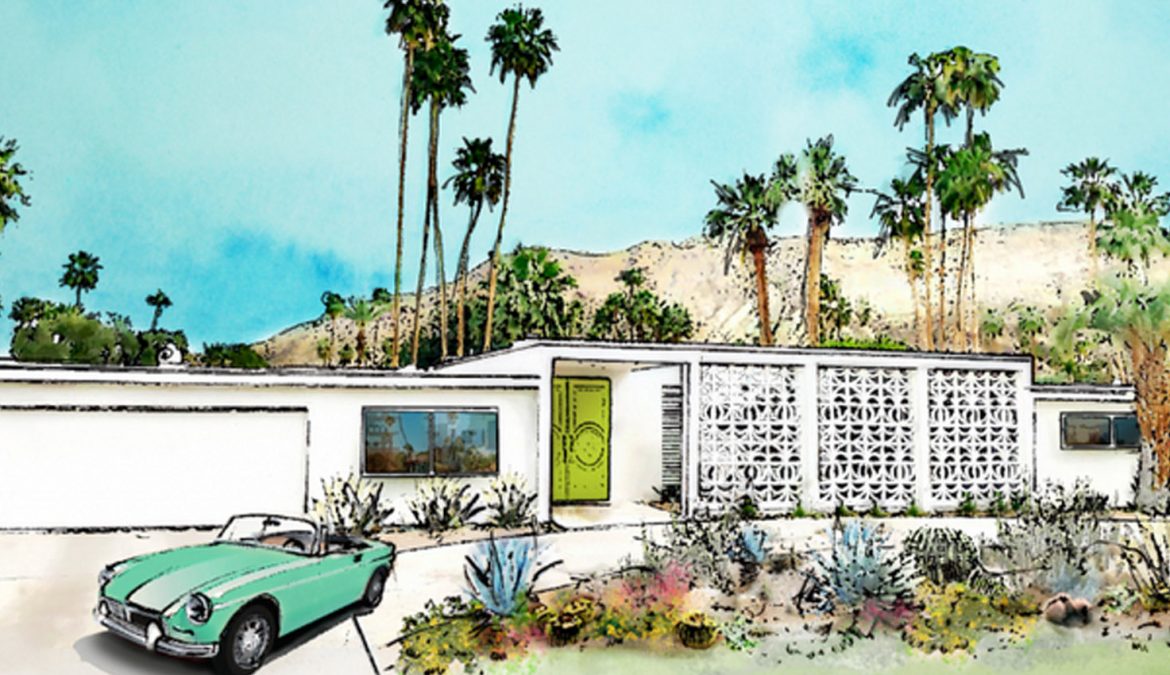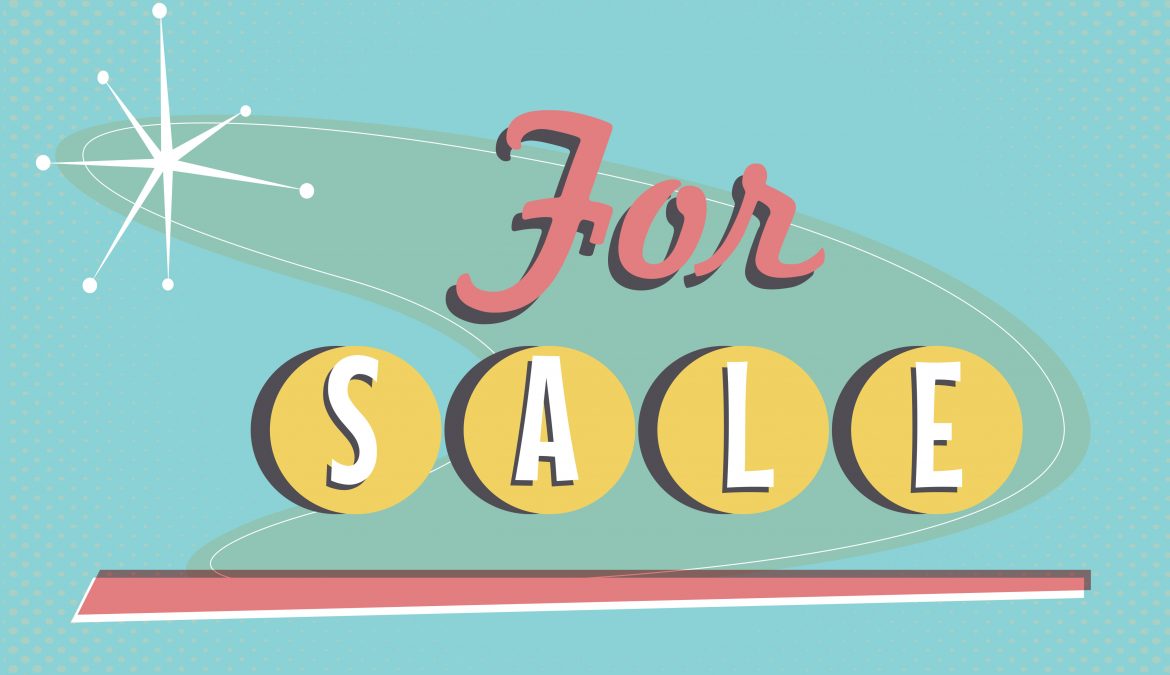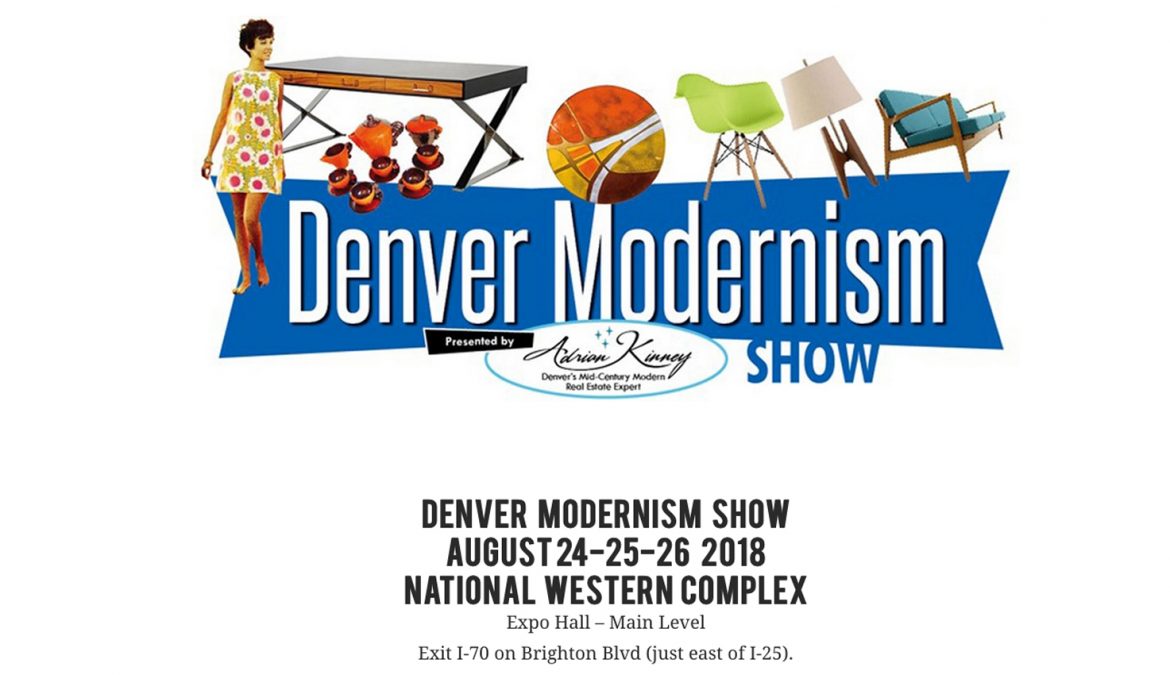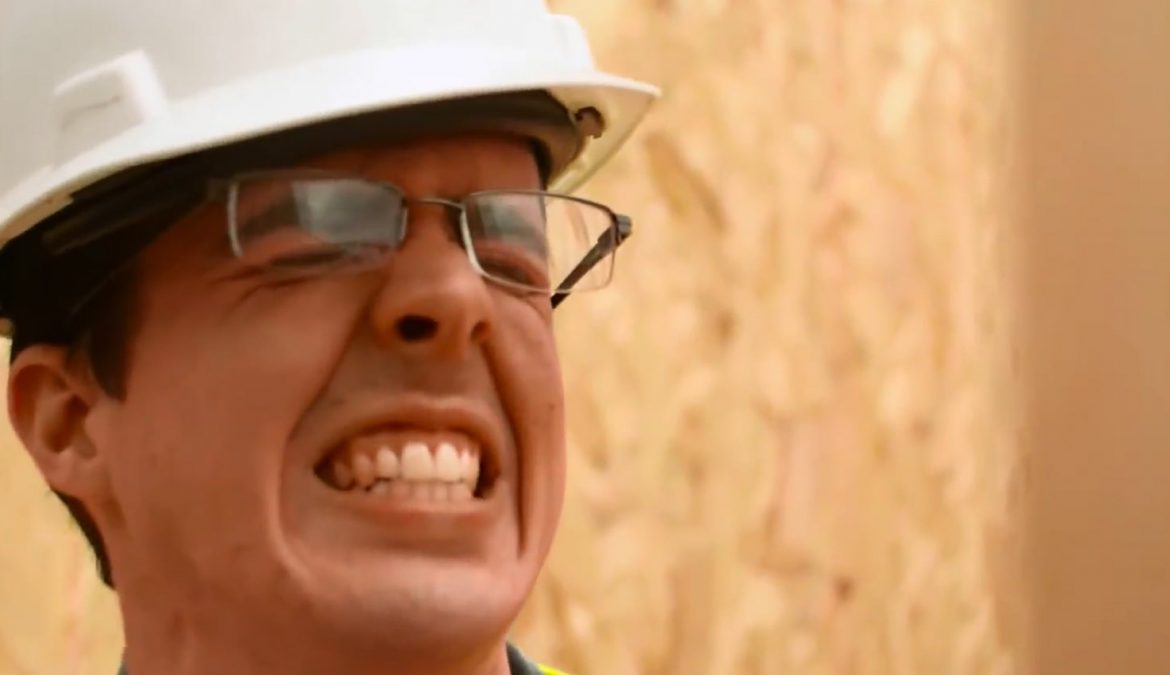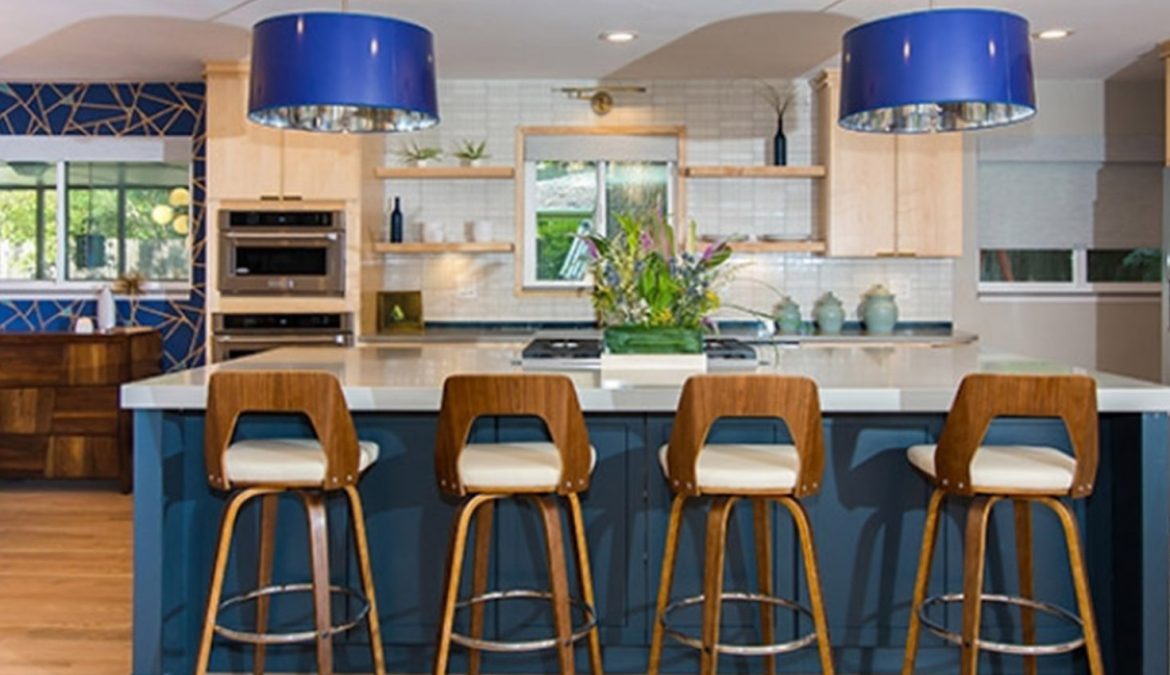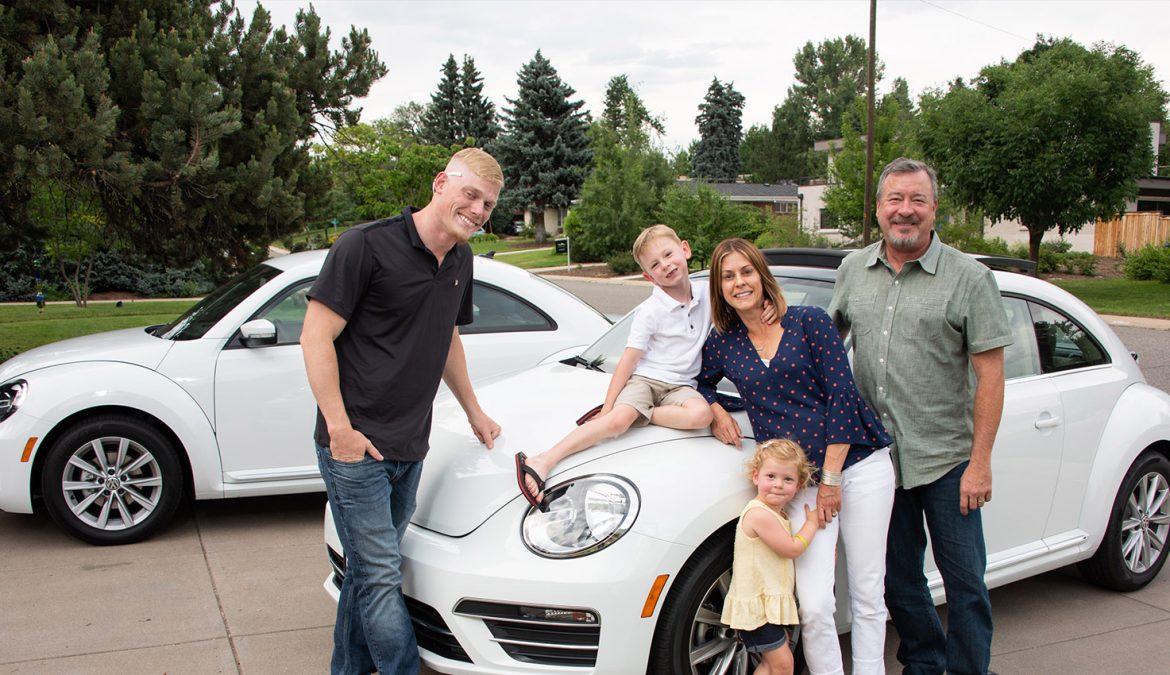“Elephant Saved by Billiard Ball”. This could have been ripped from the headlines in 1869. During this time, increased demand for ivory put a strain on elephant populations. In response a New York manufacturer offered $10,000 to the person who could invent an ivory substitute. John Wesley Hyatt developed a technique to treat nitrocellulose with camphor, and the first plastic was invented. These balls did a world of good for the elephants, but one Colorado proprietor described a potentially deadly drawback. The nitrocellulose balls were apt to produce an explosion, like that of a cap gun, when they struck each other. This led nineteenth century billiard ball players to draw their guns in response to the presumed threat.
The American love affair with plastic began in earnest when Leo Baekeland created Bakelite, the first fully synthetic polymer, in 1907. WWII brought myriad additional uses for plastics, from plexiglass windows fitted into planes to nylon used in parachutes. After the war, the proliferation of plastic products made modern household conveniences more durable, lightweight, and affordable. Affection for plastic began to dim in the 1960s when the publication of Rachel Carson’s “Silent Spring” in 1962 helped usher in the environmental movement as the unintended consequences of plastic’s durability began to pile up…literally. Nearly all the plastic that has ever been produced is still out there somewhere. Much of it is floating around in the ocean or breaking into microplastic pieces that work their way up the food chain. Though you can buy shoes and jackets made from recycled plastics, what happens to those items when their useful life is over?
Plastic recycling began in the 1980’s but the process isn’t perfect. Single stream recycling has greatly increased participation in recycling programs in the U.S., but contamination is an issue with this method. Contaminated recyclables are of lower value and are more difficult for post-consumer plastic manufacturers to transform. Alternatives exist in other places like Kaikatsu, Japan, where there are a whopping 34 categories of recyclables that citizens are responsible for washing, drying and sorting in their homes. Can Americans be convinced to be equally conscientious about their own recycling?
More than 40% of the plastic created today, such as straws, plastic utensils, food packages, and shopping bags, is used just once before being discarded, even though those items could be recycled into products including new containers and playground equipment. However, finding recyclers is more difficult now. Since 1992, China imported 106 million metric tons, or 45 percent of all plastic waste. On January 1, 2018, in response to concerns over its own environmental pollution, China changed its plastic and other waste material importing policies. As a result, recyclers are throwing recyclable plastics, and even paper, into domestic landfills. If domestic recycling does not improve, 111 million metric tons of plastic will go to landfills by 2030. That’s about the same weight as 1000 Eiffel Towers!
While plastic recyclers adjust to this new landscape and municipal recycling facilities consider moving away from single stream to produce better recycled materials, consumers can help reduce the flow of plastic to our landfills and oceans. Voting with your dollars by supporting companies that use more easily recyclable materials in their packaging is a change that we all can make. Consumers along the Front Range, including in Hilltop, have a unique opportunity to get milk delivered by Longmont Dairy. This family owned business has delivered milk in glass bottles since 1965, and rinses, sterilizes, and reuses their bottles 20 times before ultimately recycling them.
Looking for more ways to reduce your use of single use plastic?
- Reusable water bottles. There are so many great ones, but I love the Sip by Swell bottles at Target with the flip top lid!
- Reusable cloth or silicone zip top bags. Try Silicone storage bags by Stasher at Target or check out the great fabric options at online retailers.
- Bar soap. Try shopsalus.com for soaps made in Colorado.
- Oui yogurt in glass jars. If you promise to use them over and over you can order reusable lids for these cuties at oui.2020brands.com/products/
- Cloth produce and grocery bags.
- Bulk shampoo and detergent in reusable containers. Explore the options available at the Zero Waste Store at Stanley Marketplace.
- Reusable drinking straws from finalstraw.com/
- Anything from LUSH at Cherry Creek Mall. Get a free gift when you return 5 of their plastic containers back to the store for reuse.
- Reusable Keurig cups.
- Scotchbrite Greener Clean sponges made from agave fibers collected from the production of tequila.


